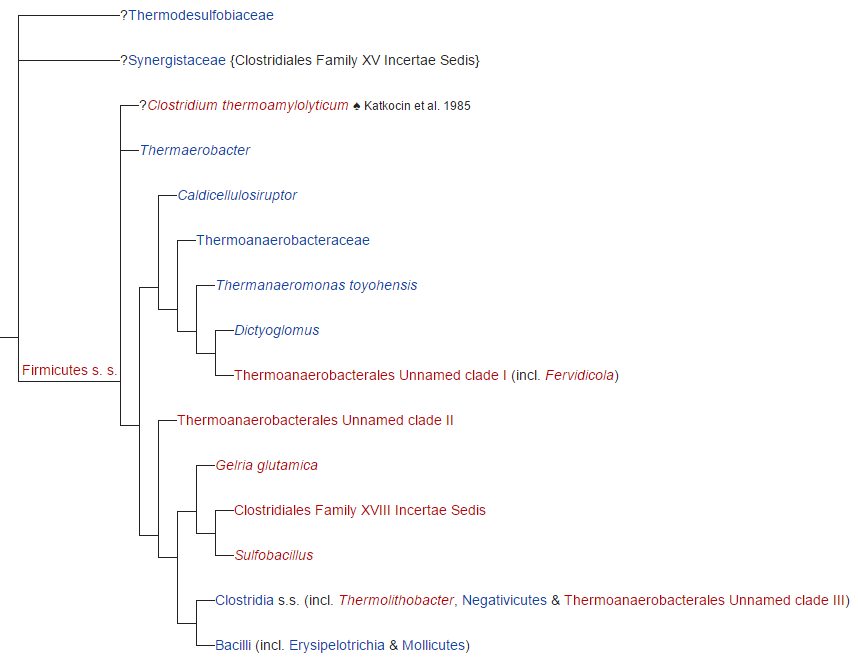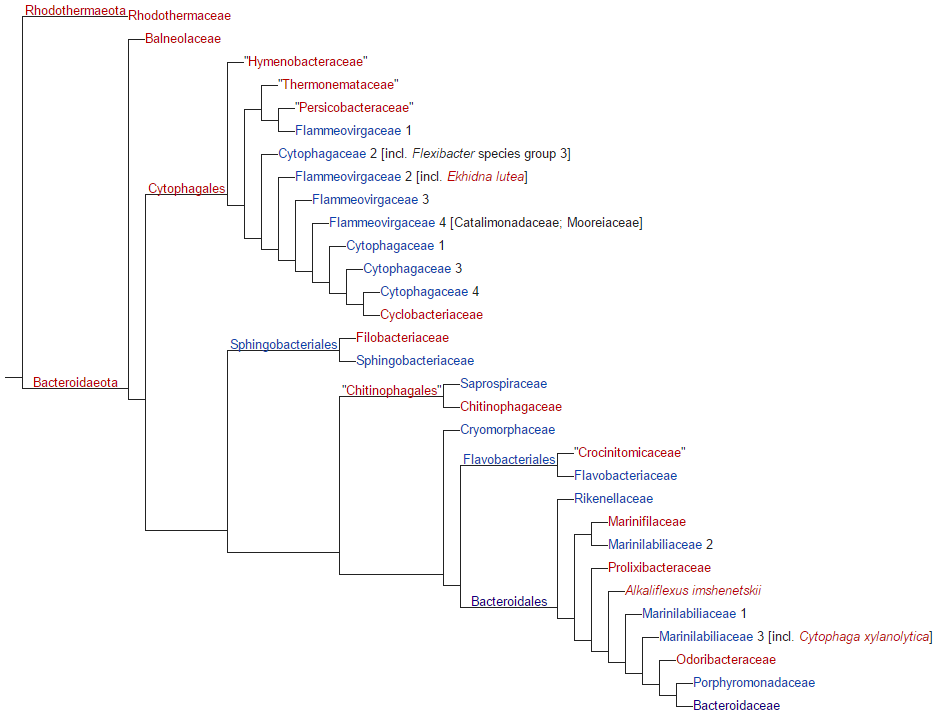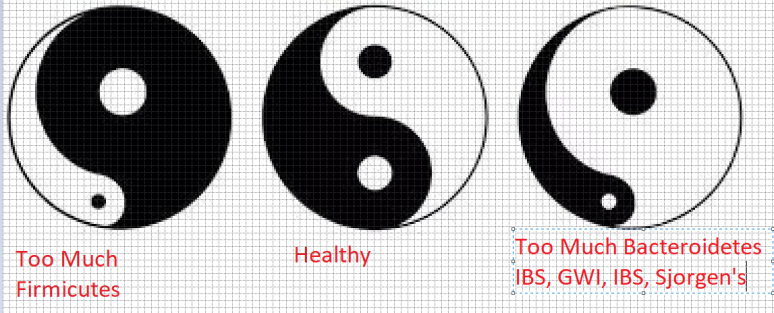The best starting point is to get a uBiome done. It is unlikely that you are high in ALL bacteria genus (a lower level of identification). The uBiome will identify the genus that are high.
At a very high level, CFS patients always have a shift in the Firmicutes:Bacteroidetes ratio. But the shifts on an individual level can be up or down by as much as a factor of 10x. When there have been studies, the study group will often have a pattern.
So depending on your specific shift, you may wish to increase or decrease dairy intake. No magic recommendation for all -- specific recommendation based on your actual microbiome.
The Firmicutes/Bacteroidetes ratio is a rough indicator of bacterial shifts. The following are not included in these gtoups: Bifidiobactium, Escherichia coli
Firmicutes: Includes Lactobacillus, Enterococcaceae, Bacillus. Usually Gram-Positive

Bacteroidetes usually gram-negative

Not in either of the above: Bifidiobactium, Escherichia coli
When the ratio increases then either


Lower Ratio
Higher Ratio
At a very high level, CFS patients always have a shift in the Firmicutes:Bacteroidetes ratio. But the shifts on an individual level can be up or down by as much as a factor of 10x. When there have been studies, the study group will often have a pattern.
So depending on your specific shift, you may wish to increase or decrease dairy intake. No magic recommendation for all -- specific recommendation based on your actual microbiome.
The Firmicutes/Bacteroidetes ratio is a rough indicator of bacterial shifts. The following are not included in these gtoups: Bifidiobactium, Escherichia coli
Firmicutes: Includes Lactobacillus, Enterococcaceae, Bacillus. Usually Gram-Positive

Bacteroidetes usually gram-negative

Not in either of the above: Bifidiobactium, Escherichia coli
When the ratio increases then either
- More firmicutes
- Less bacteroidetes
- or both with firmicutes increasing faster.
- Less firmicutes
- More bacteroidetes
- or both with firmicutes decreasing faster.

Lower Ratio
Higher Ratio
- Obese (higher BMI) [2017]
- Gut dysbiosis in hypertension [2017] [2017]
- Autism spectrum disorders [2017]
- Chronic Fatigue Syndrome [2013]
- Gulf War Illness [2017]
- Irritable bowel syndrome [2016] [2016] 3x higher
- Sjögren’s syndrome [2007]
- Rheumatoid Arthritis [2014] ” The signs of III degree dysbiosis, by reducing the concentration of Bacteroides spp., Bifidobacterium spp., Lactobacillus spp. populations, typical strain E. coli. But over growth of populations Klebsiella spp., Proteus spp., Staphylococcus spp., atypical forms of E. coli, Candida spp. ” Almost the identical pattern reported for CFS in 1998.
